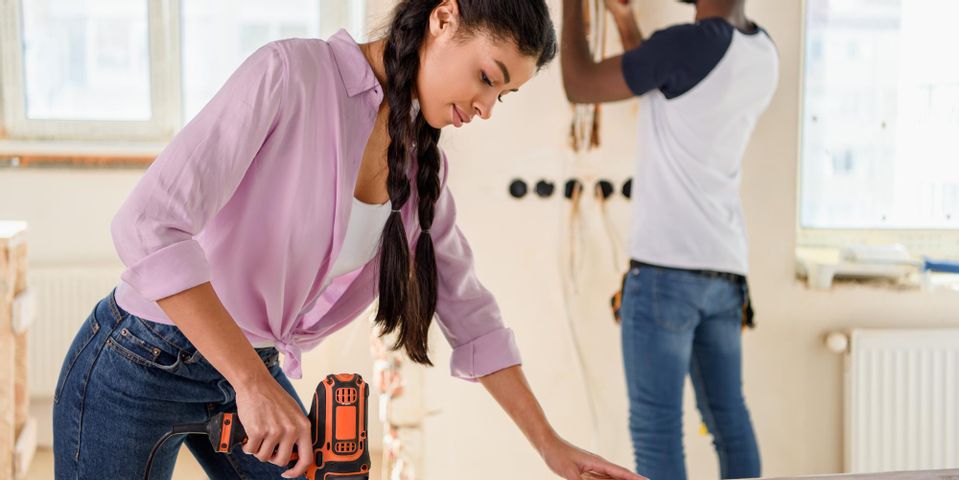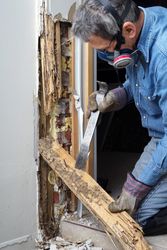Renovating Your Home? When to Fumigate for Termites

When you are renovating your home, the last thing you want to do is uncover hidden pest damage. Termites can be incredibly destructive, eating through supportive beams, hardwood floors, moldings, and more. Here is a brief guide for when to fumigate during renovations for termite control.
Understanding Termite Control & Termite Fumigation
Should You Fumigate Before, During, or After Renovations? 
Since termites can damage your home’s structure, it is important to fumigate either before or during renovations. Fumigation is effective because it penetrates all of the wood and wood-based products in a structure, killing termites that may be hiding out below flooring or behind walls.
By fumigating early, your construction team can more accurately gauge and repair existing termite damage, improving the outcome of your renovations.
What Happens During Fumigation?
For fumigation to be effective, your entire home will be carefully tarped to keep the termite control fumigant enclosed within the structure. After the entire outer envelope of your house has been sealed with tarps, the fumigant is released and allowed to work for 24-72 hours. Before your family members or construction crew are allowed back into the home, the air will be tested to make sure it is safe.
Whether you have known termite damage or you want to cover your bases during a renovation, the team at Aloha Pest Solutions offers targeted services to eradicate these difficult pests. In addition to spraying and using ground treatments to control a variety of pests, this trusted Kahului, HI, business offers a five-year warranty on termite control fumigation. As a board member of the Hawaii Pest Control Association, their team stays up-to-date on all of the latest methods, offering customers the best solutions available. Schedule your next treatment by calling (808) 877-3100, or visit their website to read more about their approach to termite tenting.
About the Business
Have a question? Ask the experts!
Send your question

